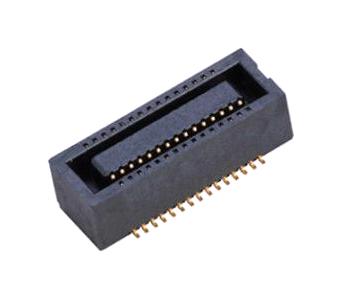I just woke this mornig with an idea, like to poll the interest for an opensource project for solving NVRAM / BootROM headaches and accelerate BootROM / UEFI / GPU Rom / GOP developments.
There are so many users around doing critical NVRAM / GPU card flashing which costs a lot of time while taking the risk of bricking. So the idea came to develop a small board which fits onto the 'Little Frank' connector, contains a (large) and modern QSPI Flash (8 .. 128MB), an ARM Cortex M0 microcontroller, an USB connection (HID & Mass storage Class) for updating NVRAM / Flash on-the-fly and a small header with a few General Purpose IOs for optional interfacing / physical switches for BootRom selection etc.

Just to get an idea what is possible with such a board:
Looking for:
Ideas and suggestions are very welcome!
There are so many users around doing critical NVRAM / GPU card flashing which costs a lot of time while taking the risk of bricking. So the idea came to develop a small board which fits onto the 'Little Frank' connector, contains a (large) and modern QSPI Flash (8 .. 128MB), an ARM Cortex M0 microcontroller, an USB connection (HID & Mass storage Class) for updating NVRAM / Flash on-the-fly and a small header with a few General Purpose IOs for optional interfacing / physical switches for BootRom selection etc.
Just to get an idea what is possible with such a board:
- Simplifying the process of unbricking Macs with bricked BootROM
- Booting directly from/to OpenCore
- Mounting BootROM / Flash / Opencore as USB drive (easy access to UEFI / OpenCore config)
- Protection of unauthorized BootROM / NVRAM access / preventing NVRAM issues
- Storing / selecting multiple BootRom / UEFI interfaces (blessing or selecting with a physical switch)
- Utilizing GOP (eliminating the need of flashing GPUs for bootscreen)
- Quicker and easier development on BootROM / UEFI / OpenCore / GOP code
- Programming BootROM without the need of a CH341A programmer
- Many more!!
- PCB, FR4 double sided 20x25mm: € 1,00
- MCU, ARM Cortex M0: € 1,50
- 512M-BIT QSPI: € 2,50
- Molex connector: € 3,00 ??? - info needed
- USB connector: € 0,50
Looking for:
- Fellow hard / software engineers to make this project possible
- Info on Little Frank connector (or having to reverse-engineer)
- Beta testers
- Enthousiasm
- Ideas
- Donations (hardware?, money only very optional!)
Ideas and suggestions are very welcome!
Last edited:


